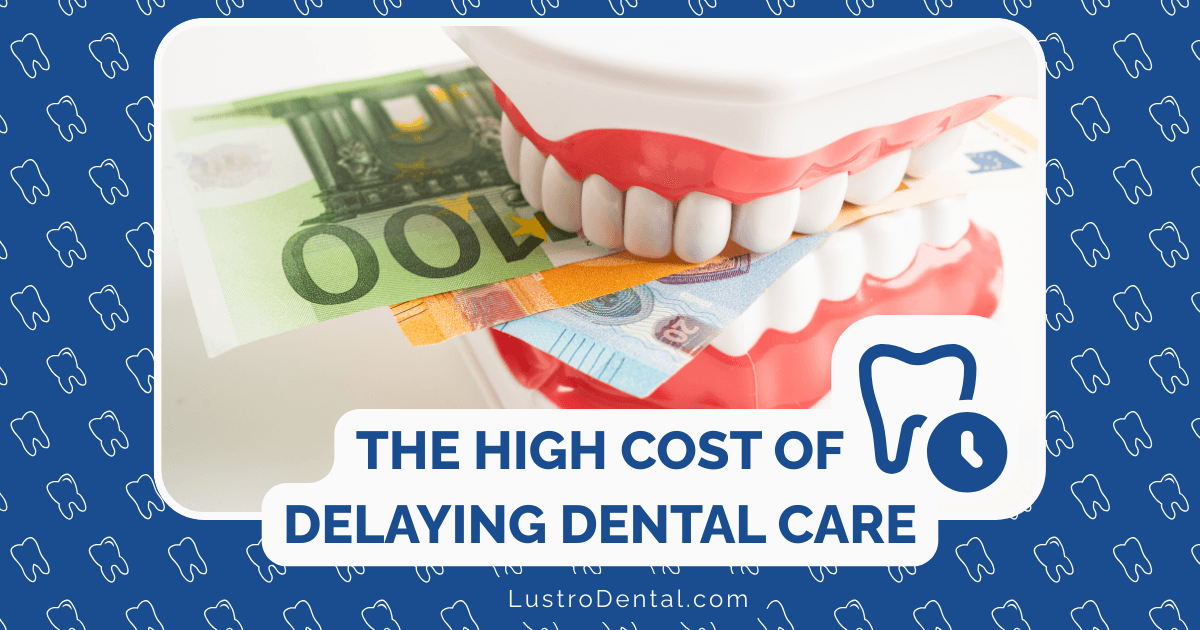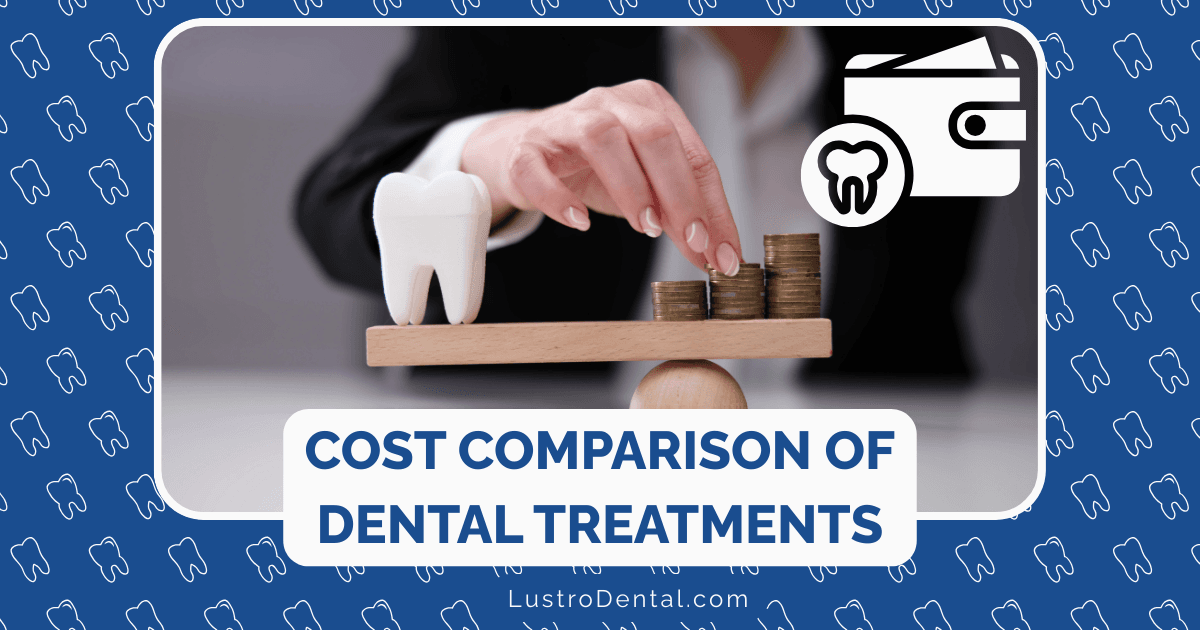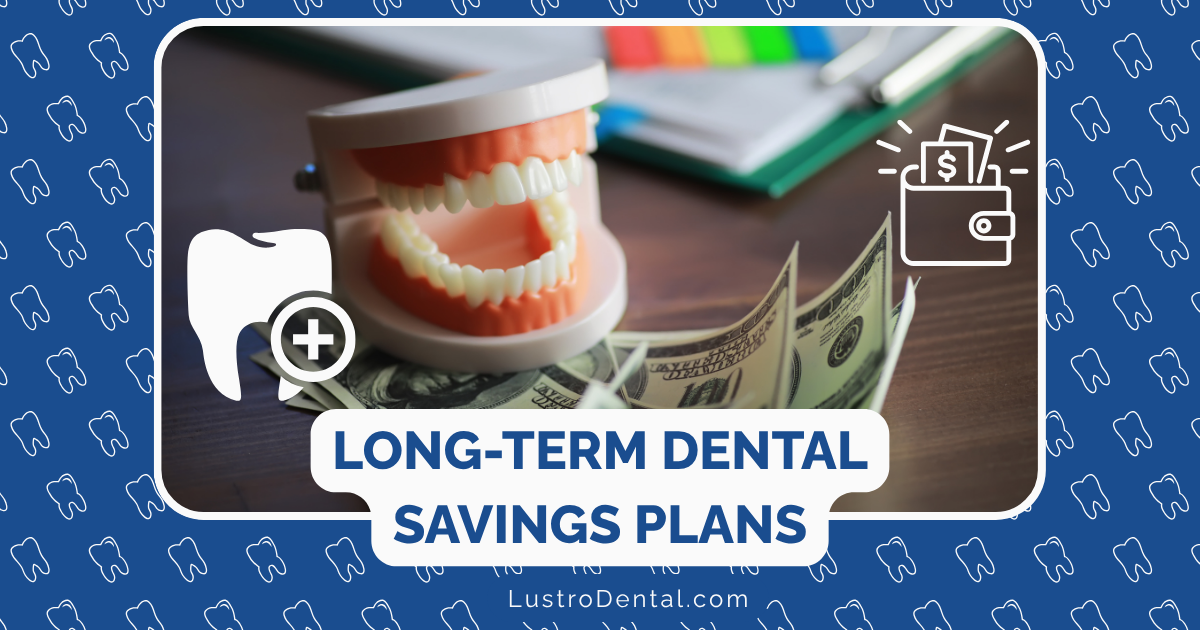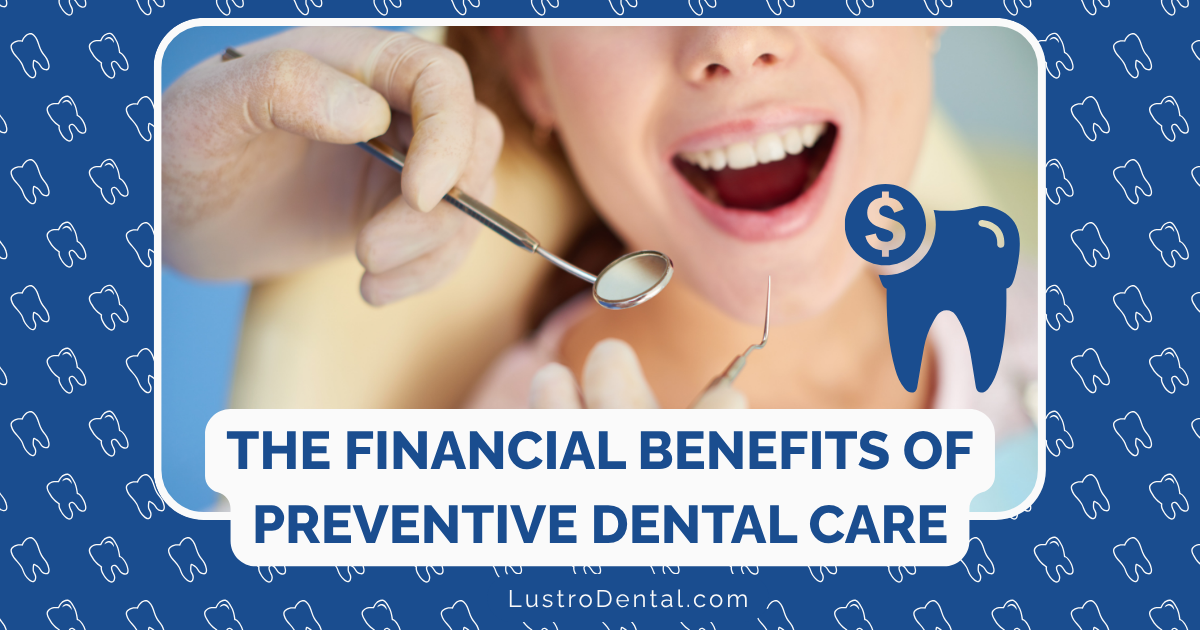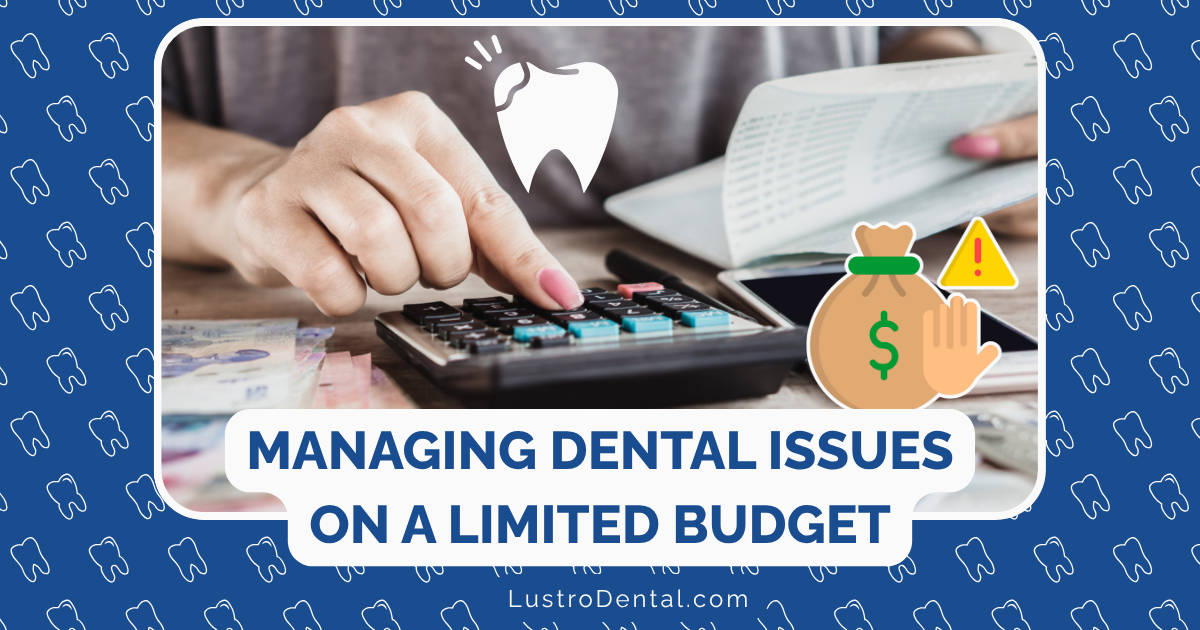Dental Savings Plans vs. Insurance: Which Saves You More?
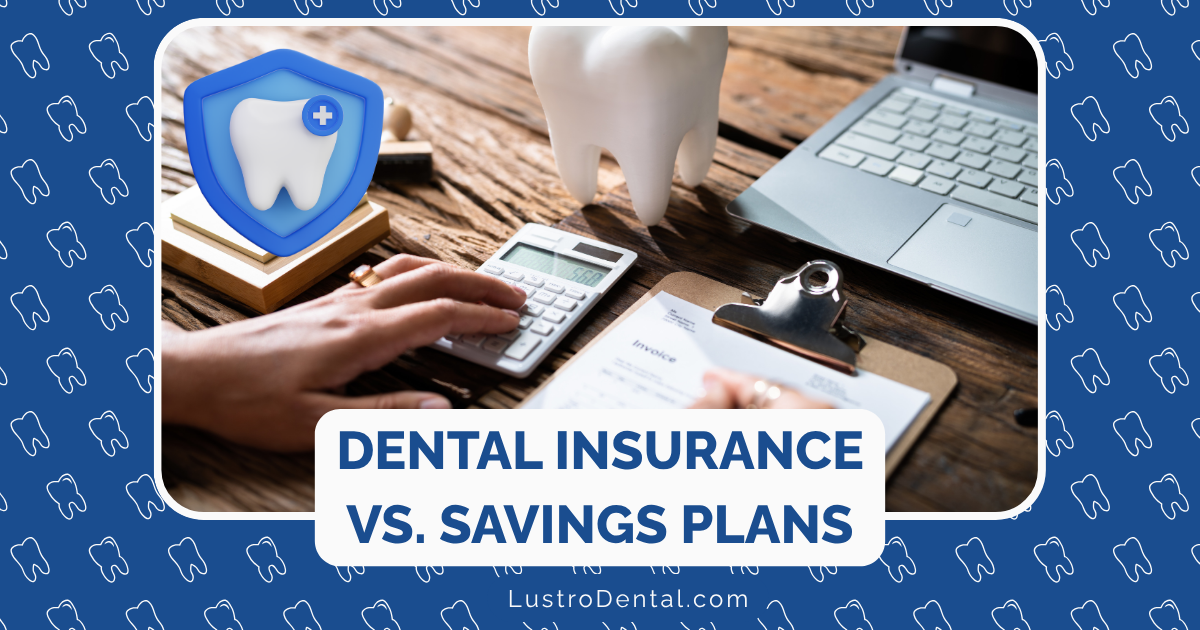
Let’s face it—nobody gets excited about dental costs. Whether it’s the anticipatory dread of a root canal or the shock of seeing the bill afterward, dental expenses can be painful in more ways than one. And figuring out the best way to pay for dental care? That’s its own special kind of headache.
When it comes to managing dental costs, you’ve got two main contenders: traditional dental insurance and dental savings plans. But which one actually saves you more money? The answer isn’t as straightforward as insurance companies want you to believe.
According to the American Dental Association, the average American with dental benefits still pays about $350 out of pocket annually. Is that the best we can do?
Let’s cut through the marketing speak and get to the dollars and cents of which option puts more money back in your pocket.
The Fundamentals: How Each Option Works
Before we dive into the cost comparison, let’s make sure we’re clear on what we’re actually comparing.
Dental Insurance: The Traditional Route
Dental insurance works similarly to other types of insurance:
- You pay monthly premiums (typically $15-$50 per month for an individual)
- Your insurance covers a percentage of your dental work after deductibles
- Coverage usually follows the 100-80-50 structure (100% for preventive, 80% for basic, 50% for major)
- Annual maximums typically range from $1,000-$2,000
- Waiting periods often apply for anything beyond preventive care
Dental Savings Plans: The Alternative Approach
Dental savings plans work more like a membership club:
- You pay an annual fee (typically $80-$200 per year)
- You get access to discounted rates (typically 10-60% off) at participating dentists
- No deductibles, no claims to file
- No annual maximums
- No waiting periods
- Pre-negotiated fees for all procedures
The Real Cost Comparison: Breaking Down the Numbers
Let’s get into what everyone really cares about—which option costs less for different dental scenarios.
Scenario 1: The Basic Maintenance Patient
Profile: You visit the dentist twice a year for cleanings and exams, plus annual X-rays. No other dental issues.
Typical Costs Without Coverage:
- Two cleanings and exams: $200-$300
- Annual X-rays: $100-$150
- Total: $300-$450
With Dental Insurance:
- Annual premiums: $180-$600
- Out-of-pocket for covered preventive care: $0 (typically 100% covered)
- Total cost: $180-$600
With Dental Savings Plan:
- Annual membership: $80-$200
- Discounted preventive care (40-60% off): $120-$270
- Total cost: $200-$470
Winner for Basic Maintenance: It’s a toss-up, depending on specific plan costs. If your insurance premiums are on the lower end, insurance might win slightly. If they’re higher, a savings plan could be better.
Scenario 2: The Filling and Crown Patient
Profile: You need regular cleanings plus two fillings and one crown this year.
Typical Costs Without Coverage:
- Preventive care: $300-$450
- Two fillings: $300-$400
- One crown: $1,000-$1,500
- Total: $1,600-$2,350
With Dental Insurance:
- Annual premiums: $180-$600
- Deductible: $50-$100
- Out-of-pocket for preventive: $0
- Out-of-pocket for fillings (20% of cost): $60-$80
- Out-of-pocket for crown (50% of cost): $500-$750
- Total cost: $790-$1,530
With Dental Savings Plan:
- Annual membership: $80-$200
- Discounted preventive care (40-60% off): $120-$270
- Discounted fillings (40-60% off): $120-$240
- Discounted crown (40-60% off): $400-$900
- Total cost: $720-$1,610
Winner for Moderate Work: Dental insurance has a slight edge for moderate dental work, especially if you need a crown or other major procedure. However, if your insurance has a low annual maximum, the savings plan could come out ahead.
Scenario 3: The Major Work Patient
Profile: You need multiple procedures including root canal, crown, and possibly implants.
Typical Costs Without Coverage:
- Preventive care: $300-$450
- Root canal: $700-$1,500
- Crown: $1,000-$1,500
- Implant: $3,000-$4,500
- Total: $5,000-$7,950
With Dental Insurance:
- Annual premiums: $180-$600
- Deductible: $50-$100
- Out-of-pocket for preventive: $0
- Coverage for other procedures: Limited by annual maximum (typically $1,000-$2,000)
- Remaining out-of-pocket: $3,000-$6,950
- Total cost: $3,230-$7,650
With Dental Savings Plan:
- Annual membership: $80-$200
- Discounted preventive care (40-60% off): $120-$270
- Discounted root canal (40-60% off): $280-$900
- Discounted crown (40-60% off): $400-$900
- Discounted implant (40-60% off): $1,200-$2,700
- Total cost: $2,080-$4,970
Winner for Major Work: Dental savings plans win by a significant margin for patients needing extensive work. The absence of annual maximums makes a huge difference when procedures add up.
Beyond the Numbers: Other Factors to Consider
Cost isn’t the only consideration when choosing between dental insurance and savings plans. Here are other factors that might tip the scales:
Waiting Periods
Dental Insurance: Typically imposes waiting periods of 3-12 months for basic and major procedures.
Dental Savings Plans: No waiting periods—you can use your discounts immediately after signing up.
According to DentalPlans.com, this immediate access makes savings plans particularly valuable for people who need dental work right away.
Pre-existing Conditions
Dental Insurance: May exclude pre-existing conditions or impose longer waiting periods.
Dental Savings Plans: No exclusions for pre-existing conditions.
Provider Networks
Dental Insurance: Restricted networks with significant penalties for out-of-network care.
Dental Savings Plans: Networks vary in size, but some plans (like Aetna Dental Access) include over 100,000 dentists nationwide.
Cosmetic Procedures
Dental Insurance: Rarely covers cosmetic procedures.
Dental Savings Plans: Offers discounts on cosmetic procedures.
Who Benefits Most from Each Option?
Based on the comparisons above, here’s a quick guide to who typically saves more with each option:
Dental Insurance Is Better For:
- People who mainly need preventive care
- Families with children needing orthodontics (if your plan includes orthodontic coverage)
- People who prefer predictable monthly payments
- Those who don’t want to think about shopping around for providers
Dental Savings Plans Are Better For:
- People who need immediate dental work (no waiting periods)
- Those needing major dental work that would exceed insurance maximums
- Seniors on Medicare (which doesn’t include dental coverage)
- People with pre-existing dental conditions
- Those wanting cosmetic procedures
- Self-employed individuals looking for more affordable options
The Hybrid Approach: Using Both Strategically
Here’s something the insurance companies don’t advertise: you can actually use both options together.
According to Consumer Reports, a strategic approach is to:
- Use insurance for preventive care and basic procedures
- Use a savings plan for procedures not covered by insurance or that exceed your annual maximum
- Time major procedures to maximize benefits from both
The Bottom Line: Do the Math for Your Situation
The “which saves more” question ultimately depends on your specific dental needs, the plans available in your area, and your preferred dentists.
To determine your best option:
- Estimate your dental needs for the coming year
- Calculate total costs under each option using the scenarios above
- Consider the non-financial factors (waiting periods, provider choice, etc.)
- Reevaluate annually as your dental needs change
Remember that the cheapest option in the short term might not be the most economical long-term strategy. Skipping preventive care to save on premiums or membership fees often leads to more expensive problems down the road.
What’s your experience with dental insurance or savings plans? Have you found one saves you more than the other? Share your insights in the comments below!


